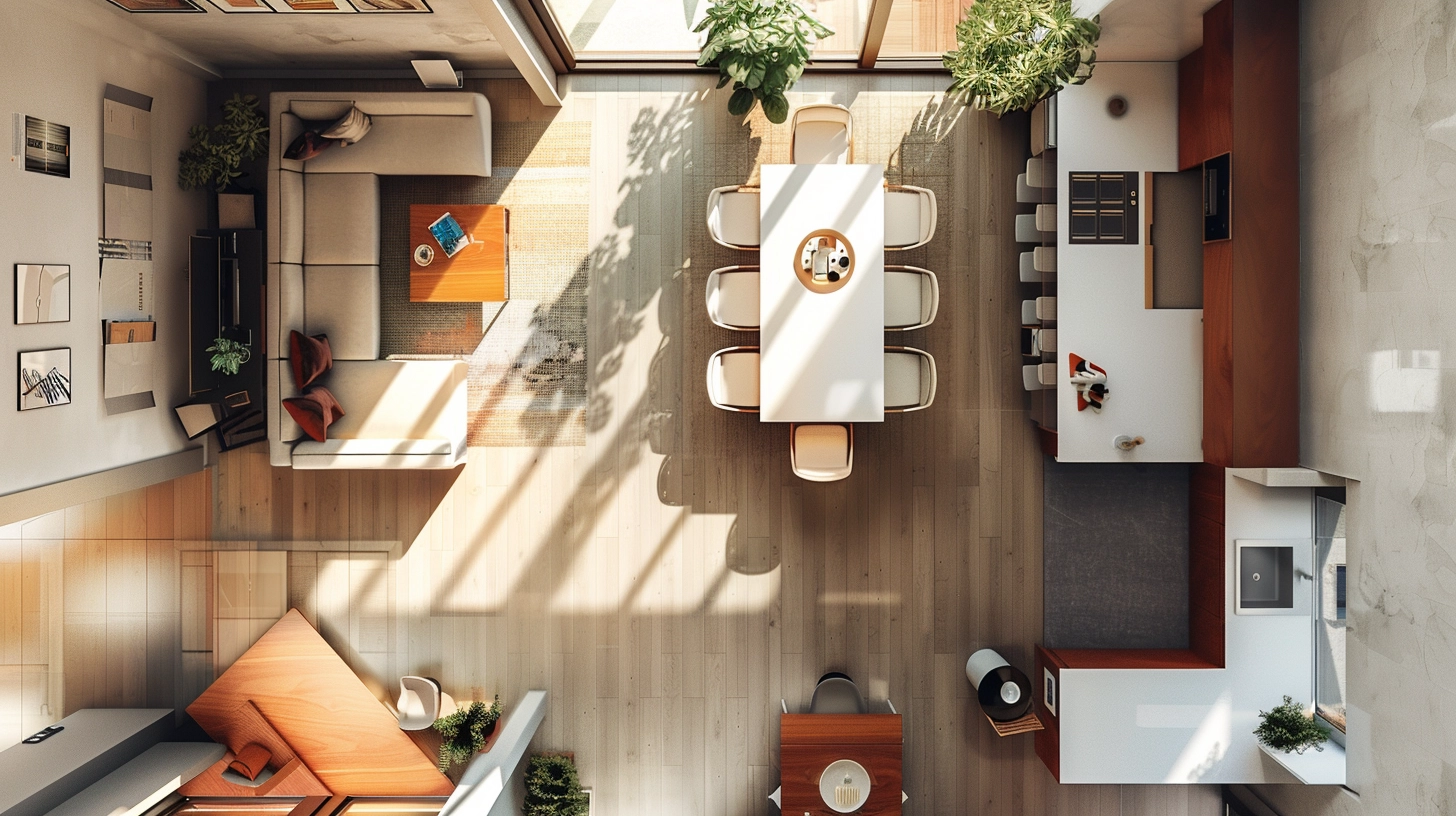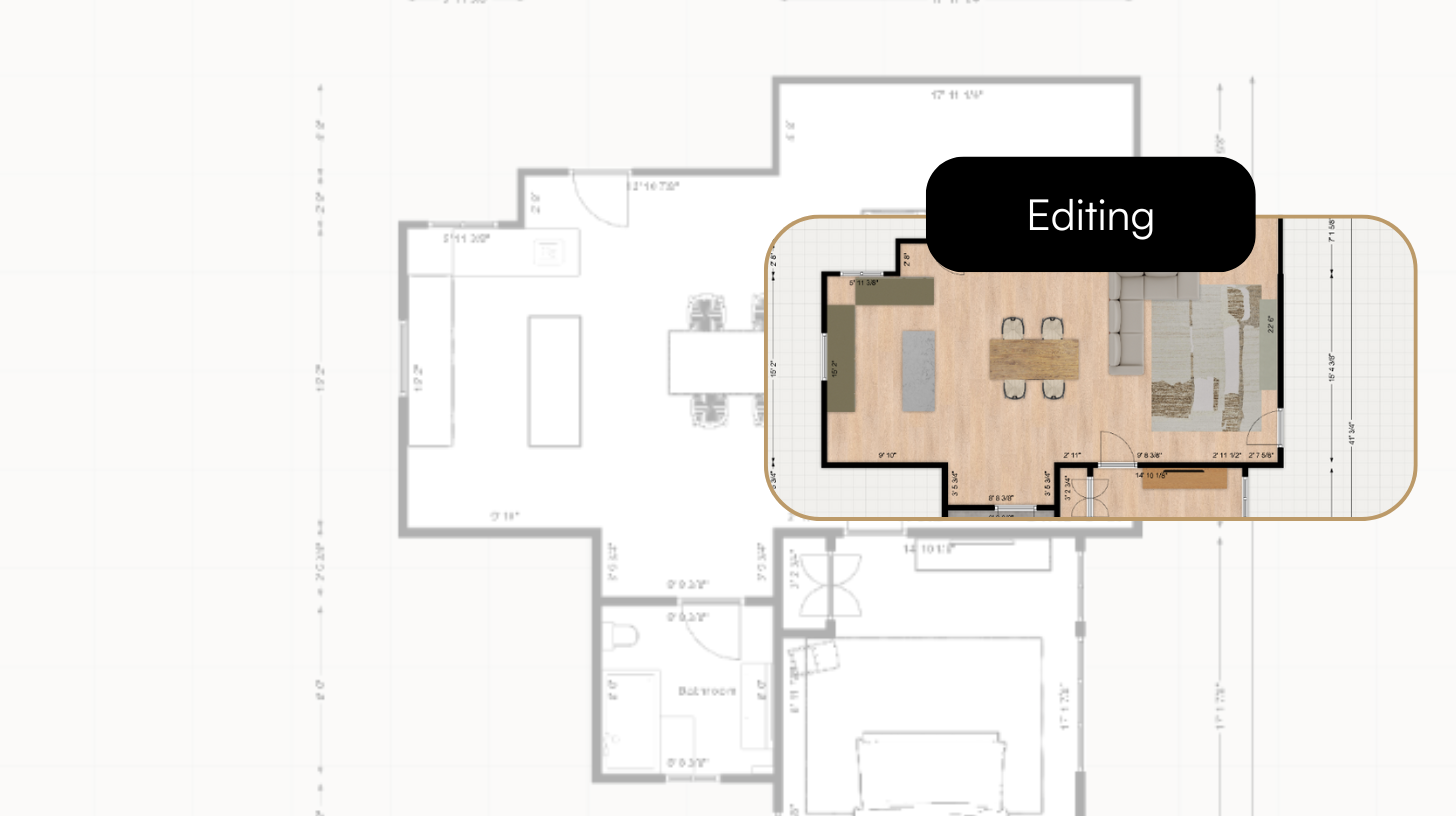
Exploring The Potential of Generative AI to Support The Creation of Homes That are Affordable, Accessible, and Sustainable
As the world population continues to grow and urbanization increases, the need for affordable, accessible, and sustainable housing becomes more pressing. Traditionally, the design and construction of homes have been the domain of architects and builders, but with the advent of generative artificial intelligence (AI), there is potential for the technology to support and even transform the field of architecture and homebuilding.
Generative AI, also known as generative design, is a type of AI that uses algorithms and machine learning to generate designs based on a set of parameters and constraints. By using generative AI, architects and builders can quickly and efficiently explore a wide range of design options, allowing them to find solutions that are optimized for specific criteria such as affordability, accessibility, and sustainability.
This blog will go into detail on the importance of building more cost-effective houses for our future for people to have more financial freedom when it comes to buying a home and how generative AI can help with that. Generative AI will also be very beneficial for creating houses that are more accessible and sustainable. Keep reading to learn how an individual with disabilities can benefit from generative AI and how it can have a huge impact on minimizing the environmental impact when building a home.
Building more affordable homes
One potential application of generative AI in architecture is the creation of affordable housing. With the help of generative AI, architects and builders can explore a variety of design options that meet the needs of different income levels and household sizes. For example, the AI could generate designs for small, efficient homes that are suitable for single individuals or couples, as well as larger homes that can accommodate families or multi-generational households. According to Statistics Canada, “the core housing need rate in 2021 was 10.1%, and it fell 2.6 percentage points from 12.7% in 2016”, meaning that many Canadians are spending more than 30% of their income on housing. Additionally, the United States are also struggling with affordable housing. According to National Low Income Housing Coalition (NLIHC), “full-time workers cannot afford the average two-bedroom unit”, and to be able to afford a two bedroom place, they must be making over 25$ an hour.
Increasing accessibility
Generative AI can also support the creation of accessible housing. The technology can be used to generate designs that meet the needs of individuals with disabilities, such as homes with wide doorways and hallways, ramps instead of stairs, and other features that make it easier for people with mobility impairments to move around the home. By using generative AI, architects and builders can ensure that their designs are inclusive and meet the needs of all members of the community.
Sustainable Housing
In addition to affordability and accessibility, generative AI can also support the creation of sustainable housing. The technology can be used to generate designs that minimize the environmental impact of the home, such as by incorporating energy-efficient features, renewable energy sources, and sustainable building materials. According to the Global Alliance for Buildings and Construction, the construction and operation of buildings were responsible for 38% of global carbon emissions in 2020. By using generative AI, architects and builders can create homes that are not only good for the environment, but also cost-effective to operate and maintain over time.
Key Takeaways
- The need for affordable, accessible, and sustainable housing is becoming more pressing as the world population continues to grow and urbanization increases.
- Generative artificial intelligence (AI) is a type of AI that uses algorithms and machine learning to generate designs based on a set of parameters and constraints.
- One potential application of generative AI in architecture is the creation of affordable housing.
- Generative AI can also support the creation of accessible housing by generating designs that meet the needs of individuals with disabilities.
- Generative AI can also support the creation of sustainable housing by generating designs that minimize the environmental impact of the home, such as by incorporating energy-efficient features, renewable energy sources, and sustainable building materials.
Conclusion
Overall, the potential of generative AI to support the creation of affordable, accessible, and sustainable housing is significant. By using the technology, architects and builders can quickly and efficiently explore a wide range of design options, allowing them to find solutions that meet the needs of different income levels, household sizes, and accessibility requirements. In addition, generative AI can help to minimize the environmental impact of the home, making it a valuable tool for creating homes that are good for both people and the planet.










